So, what is a seed ball?A seed bomb is a quarter sized ball made of clay, compost and seeds which is used to casually plant milkweed and other native plants. They are often used in guerrilla gardening. How do seed balls work?Reseeding areas by the traditional method of broadcasting seeds poses several problems but seed bombs can remedy all those issues. For instance,
All of this adds up to increased germination rates and a self-sustaining system! STEP 1: Gather Your IngredientsSTEP 2: Mix Compost, Clay and Water together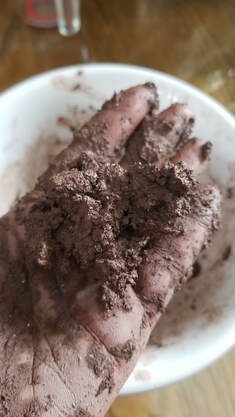 Start with 1 cup of compost and 1 cup of clay. Mix together in a bowl and add about 1/2 cup of water. The consistency should be just sticky enough to adhere the compost and clay together. You can add more or less water/soil to get this consistency. Pro Tip: For me, 1 cup of both made 15 quarter-sized seed bombs. You can use this recipe to multiply it to make your desired amount of seed balls. Step 3: Roll into ballsJust like making cookies! Grab enough clay mixture to make about a 1 inch in diameter ball. Step 4: Add Seeds
Step 5: Reshape into a ball and allow to dry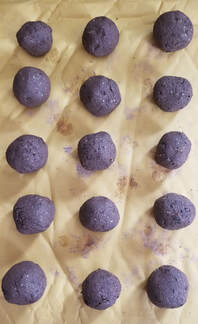 Once you’ve added the seeds, roll the seed bombs in your hand to make sure seeds are tucked in nicely. Lay seed bombs out on a newspaper or cardboard box and allow to dry for 24-48 hours or until hard. Avoid drying them on plastic to avoid mold. After drying, you can also store the seed bombs in an airtight container in a cool, dry place until it’s time to plant. Mason jars or glass Tupperware work well for this! How to plant your milkweed seed ballsWhen: You can plant them now while there is still snow on the ground so that the milkweed balls will still cold-stratify before Spring arrives.
Pre-stratified seeds, can be planted in the Spring after the first frost has passed. You can also plant in the Fall once there have been a few frosts and there is no chance the seeds will germinate before Spring. How: Simply throw the seed bombs onto bare soil. With a little water, plenty of sunlight and compost, your seed bombs will germinate and become a beautiful haven for Monarch butterflies!
25 Comments
I would like to order seed bomb materials for our Arbor Day event which we will celebrate on April 27th. We currently have 2 feet of snow on the ground and will certainly have snow and cold weather throughout this month. If I keep them outside assuming they will arrive this month, should I expect them to cold-stratify in late March or early April? Thank you.
Reply
Rebecca Chandler
3/7/2019 02:55:56 pm
Hi Jon,
Reply
3/6/2019 07:21:51 am
Greetings,
Reply
Rebecca
3/7/2019 02:59:58 pm
Hi John,
Reply
Jane Schildge
3/6/2019 05:16:37 pm
would like to make these for a Green Fair April 7th. Do you sell the clay and the compost or do we get locally? I have individual seed packets that we could use for this project.
Reply
Rebecca
3/7/2019 03:01:13 pm
Hi Jane,
Reply
Jane
3/6/2019 07:52:05 pm
What types of wildflowers do you add? Coreopsis? Pale purple coneflower? Liatris? Do some grow better with the milkweed than others?
Reply
Rebecca
3/7/2019 03:04:44 pm
Hi Jane,
Reply
Rebecca
4/22/2019 07:32:25 am
Thank you for reading!
Reply
Donna J Mihovilovich
4/11/2019 10:31:08 am
Can I plant these in Corona, CA?
Reply
Rebecca
4/22/2019 07:44:45 am
Hi Donna,
Reply
Shasta Winkler
4/12/2019 04:25:05 am
Over the years the agricultural industry has worked tirelessly eradicate milkweed from its fields of crops. Putting monarch butterflies at the disadvantage of a place to lay their eggs and caterpillars from foliage from which to feed on. Help bridge the gap. What a good idea.
Reply
Rebecca Chandler
4/22/2019 07:34:39 am
Yes, we think so too! Thank you for reading.
Reply
Mary Jane Shanks
4/22/2019 04:56:22 am
Our local Girl Scout troop wants to make seed bombs on May 1 2019 to plant in a Monarch Waystation that our church is creating this spring. Is it too late to do this activity for spring/early summer planting? If so, will the seed balls stay viable if refrigerated or frozen and planted in late fall?
Reply
Rebecca
4/22/2019 07:53:28 am
Hi Mary,
Reply
Mary Jane Shanks
4/28/2019 02:19:17 pm
Thank you for responding. Girl Scouts will be making seedballs on May 1 as I said explained and they will only be using milkweed seeds that have been refrigerated over the winter. If we froze or refrigerated some of the seedballs and planted those in the fall, would the seeds be viable?
Christa
1/5/2020 01:34:52 pm
Do I need to add compost to this? I wanted to give as favors at a party and was worried compost might give an odor. Also, does it get placed, thrown or planted on the ground? Thank you
Reply
Heather
2/20/2020 04:57:58 am
Christa, answers to all your questions are mentioned above. Good luck!
Reply
Rebecca
4/4/2020 09:08:49 am
Hi Christa,
Reply
Heather
2/20/2020 04:59:04 am
Christa, answers to all your questions are mentioned above. Good luck!
Reply
Angela Strabala
5/1/2020 09:06:17 am
We would like to put milkweed seed bombs in an area that is not mowed and some parts have dead grass that is standing and acting as ground cover. Do we need to clear the area before tossing the bombs in?
Reply
Robert
5/24/2023 06:05:54 pm
Do you have any before and after pictures showing the success of using seed bombs? With all the seeds that you recommend go into each bomb, if germination rates are high, wouldn’t all the plants grow too close together?
Reply
Melissa
11/13/2023 12:36:51 pm
This is a fantastic idea. As a former homeschool mom I can guarantee homeschool families and homeschool groups would LOVE to do this as a project. May I suggest making a printable PDF or an easier to print page of this info? This is a fantastic idea. As a former homeschool mom I can guarantee homeschool families and groups would LOVE
Reply
Tim Chavez
3/6/2024 10:28:12 am
If I make seed bombs in the spring should I freeze them before planting?
Reply
Leave a Reply. |
AuthorRebecca Chandler Archives
March 2024
Categories |

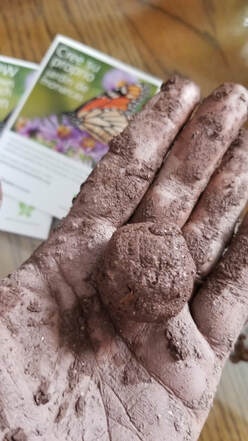
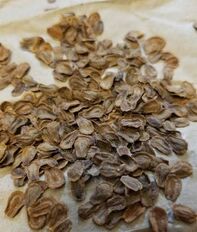
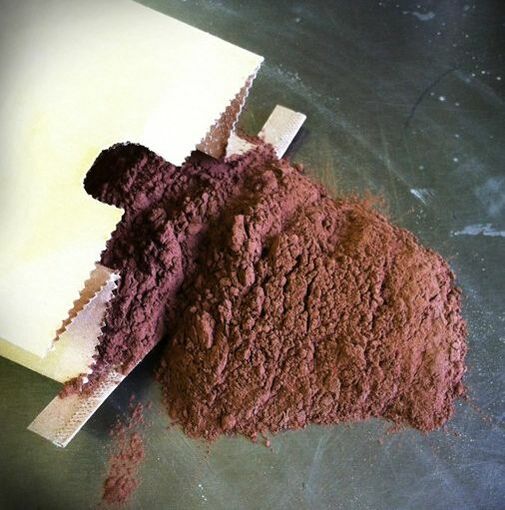
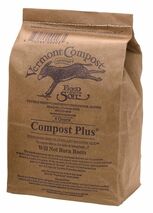
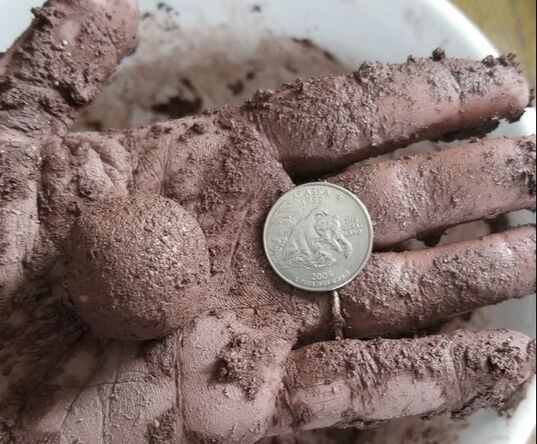
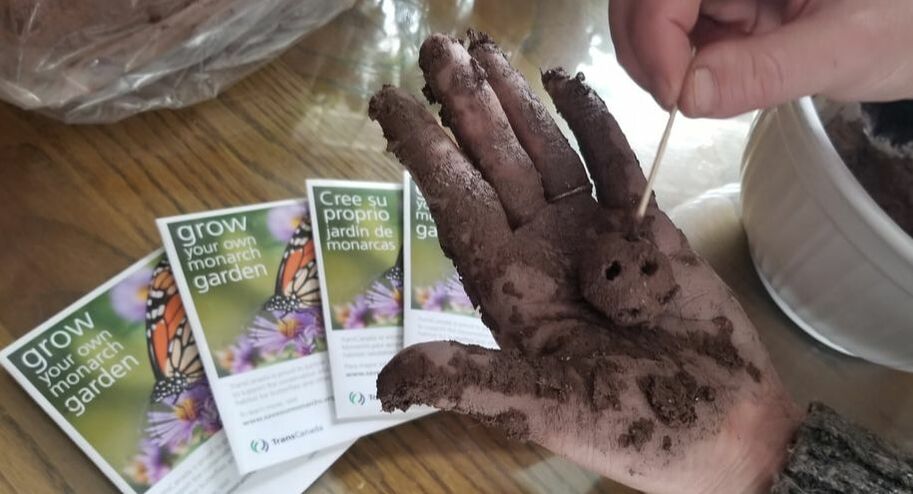

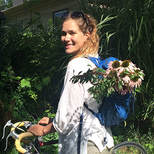
 RSS Feed
RSS Feed